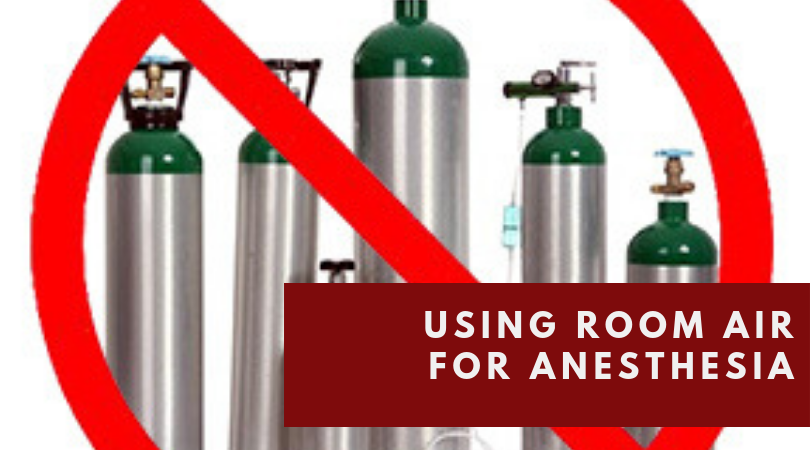SomnoSuite® Low-Flow Vaporizer Offers Unique Ability to Use Either Compressed Gas or Room Air
Posted on
Kent Scientific’s SomnoSuite Low Flow Anesthesia System not only uses a fraction of the isoflurane while maintaining stable levels of anesthesia for mice and rats, it has another, less well-known benefit: it does not require compressed gas in order to operate.
 With the high-flow canister-style vaporizers traditionally used for inhalant anesthesia for small animal research and surgical procedures, the carrier gas must be pressurized in order to deliver it through the vaporizer properly. Usually, a mixture of compressed gas is supplied via a centralized delivery system or tanks of O2 to mix with the isoflurane anesthetic.
With the high-flow canister-style vaporizers traditionally used for inhalant anesthesia for small animal research and surgical procedures, the carrier gas must be pressurized in order to deliver it through the vaporizer properly. Usually, a mixture of compressed gas is supplied via a centralized delivery system or tanks of O2 to mix with the isoflurane anesthetic.
SomnoSuite gives researchers and technicians the option of using non-pressurized room air instead of a separate canister. The SomnoSuite is equipped with an internal pump that compresses available room air and delivers anesthesia to the animal at the optimal low flow rate. Because the SomnoSuite requires less anesthetic gas, the high flow rates requiring a separate compressed gas source are unnecessary.
In addition to the convenience and cost-savings of not having to use compressed gas, the SomnoSuite reduces the risk of excessive O2 exposure (hyperoxia) and hypothermia in the animal, which can cause inflammation, damage to the respiratory tract, pulmonary edema, cell damage, and a number of other problems.
Recent studies have shown that the use of room air for inhalant anesthesia delivery has less adverse impact on animals, and for some research, such as lung studies, the use of room air may be preferable.